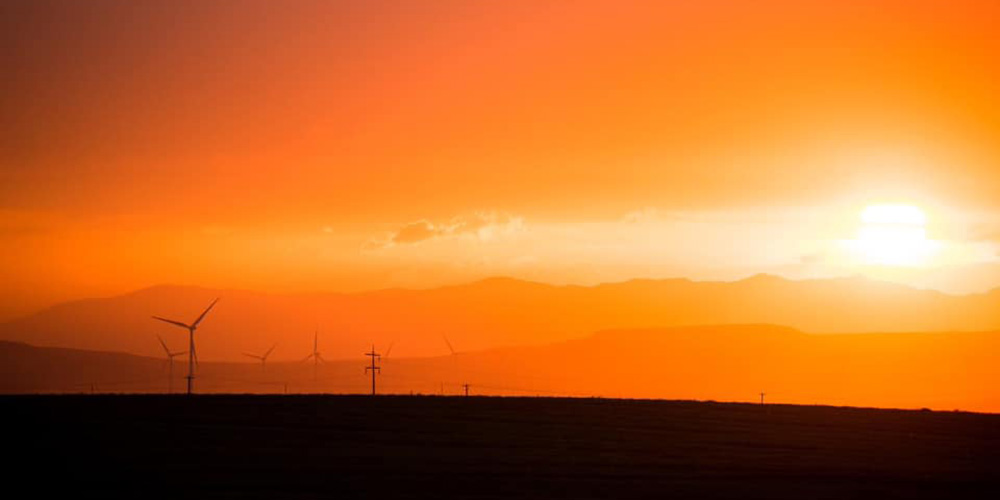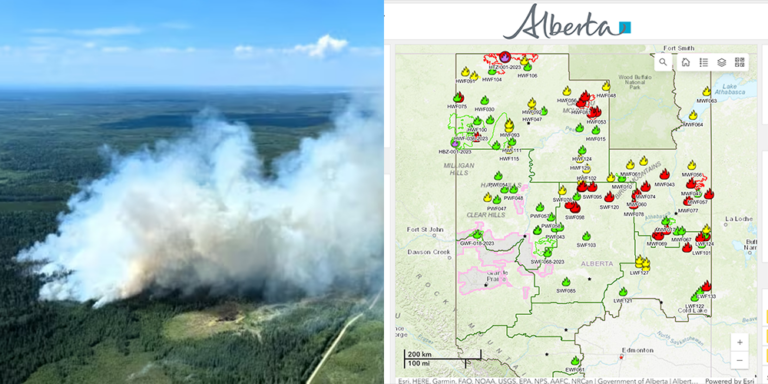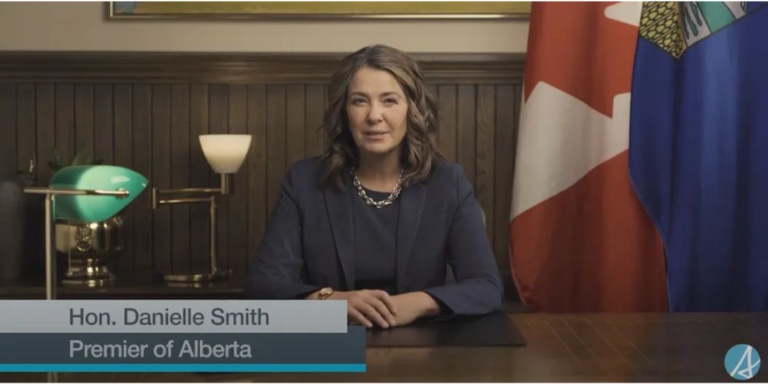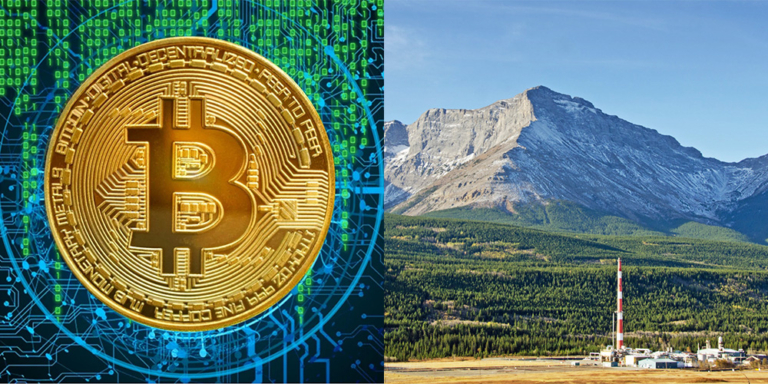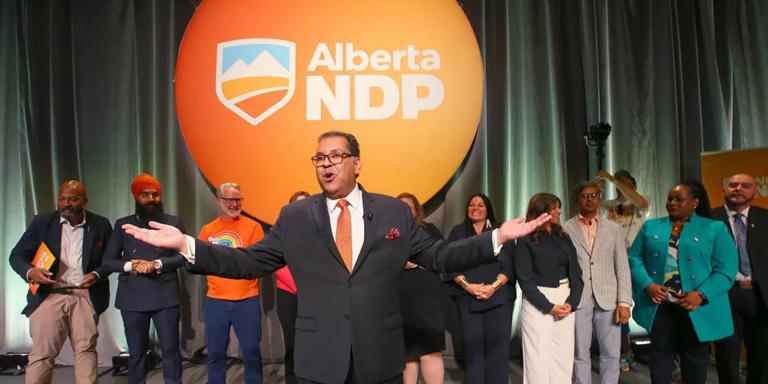Albertans pride themselves on being fair.
And we demand to be treated fairly in return.
No single group, special interest, company, or industry should get special treatment over any other. Unequal treatment has been Alberta’s biggest beef with Ottawa for years.
Two out of three Albertans feel that Canada’s system of equalization payments is unfair to Albertans and that Ontario and Quebec have too big of an influence on how Canada is run.
Premier Danielle Smith has taken on Ottawa numerous times in the name of fairness.
So, for a Premier demanding fair treatment, it should shock Albertans just how unfair Danielle Smith has become regarding Alberta’s energy sectors.
Danielle Smith is proud of and protects Alberta’s oil and gas sector, which should be no surprise because she was an oil and gas lobbyist before she was our Premier.
But it’s one thing to prefer one energy type over another ideologically.
It’s something else entirely to prop up oil and gas while hamstringing renewables, especially when doing so is not in the best interests of Albertans.
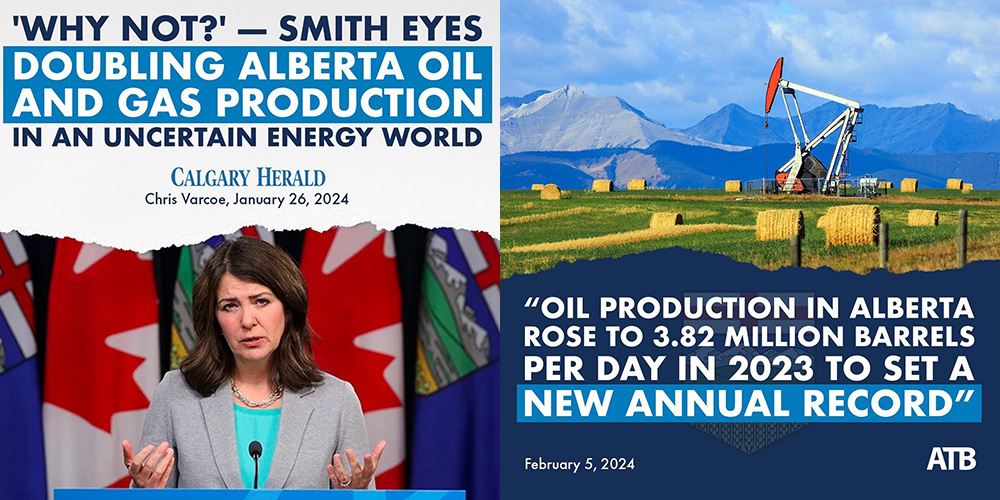

A ‘No Warning’ Shutdown
Due to our abundant sun and wind, new wind and solar projects in Alberta proceeded at breakneck speed.
In 2023, 92 percent of Canada’s new renewable energy generation and capacity was built in Alberta.
We were the kings of renewables!
That is until Danielle Smith shut down approval of renewable projects for seven months starting in August of 2023, affecting 118 projects worth $33 billion.
The moratorium shocked the renewables sector because there was no consultation nor warning of the sudden pause.
We can’t imagine Danielle Smith ever placing a moratorium on oil and gas projects without consulting the industry first.
Heads would roll!
So why the double standard for renewables?
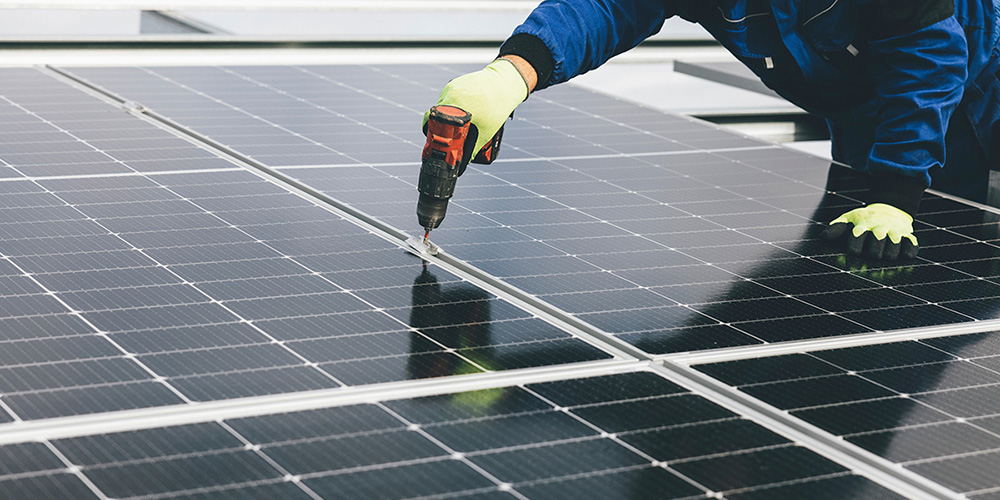

Too Few Restrictions?
In a recent press conference, Premier Smith said she halted renewable approvals because the industry was growing too fast with too few restrictions.
Smith stated that developers of renewable energy projects must now provide a bond or security deposit before a project is approved. This deposit will be held in trust to ensure funds are available to cover any potential cleanup costs in the future.
That makes sense; Albertans want to avoid covering the cost of cleanup after companies extract resources or go out of business.
According to the Alberta Energy Regulator (AEN), over 170,000 wells throughout the province are either inactive or abandoned, and Alberta taxpayers are on the hook for cleanup. Outside researchers estimate the number of abandoned wells, and the future cost of using taxpayer money to clean them up is much higher.
We do not want a repeat of this scenario with renewables.
That said, the risk of abandoned solar panels polluting water and poisoning cattle is much lower, and unlike oil, solar and wind don’t dry up.
However, imposing these requirements on renewable energy projects does not solve the overwhelming liability of existing abandoned oil and gas wells inherited by Albertans.
Adding a ‘reclamation bond’ to new oil and gas projects would help prevent the mistakes of the past, but guess what?
Oil and gas companies still don’t have to pay a bond when starting a new project.
According to Jason Wang, a senior analyst at the Pembina Institute’s electricity program, “Alberta’s conventional oil and gas industry has no requirement for mandatory reclamation security, and the government has yet to commit to addressing the liabilities in that sector, which are 115 times greater than the renewables sector.”
Huh?
How can you punish one industry for the sins of another?
All energy projects should be subjected to the same rules.
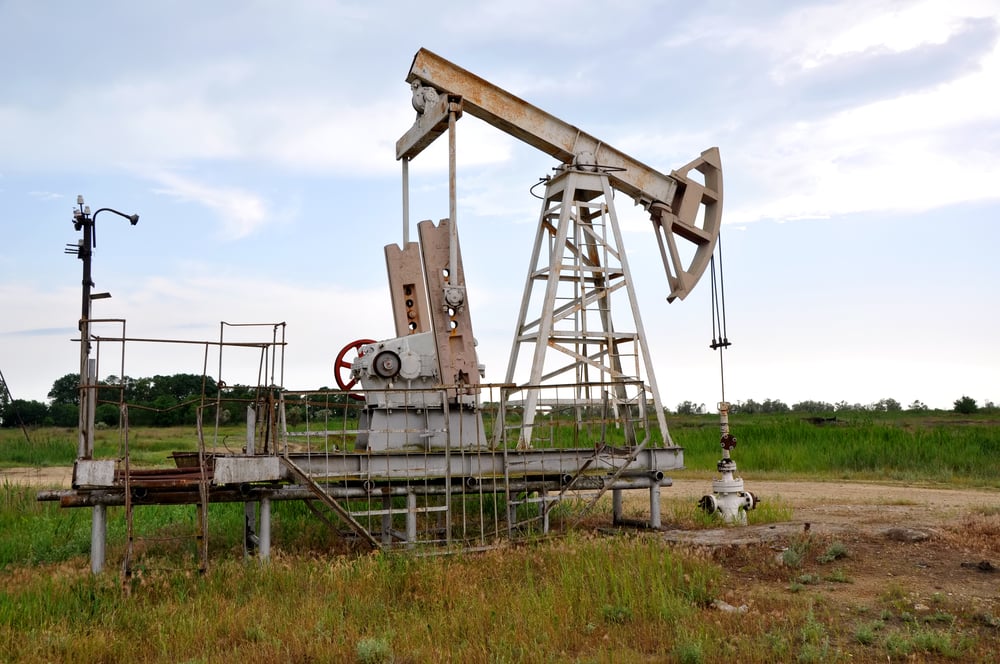

Too Many Restrictions?
Premier Smith wants to reign in the Wild West development of renewable projects and restrict where these projects can be developed.
Again, that makes sense.


We don’t want a repeat of the unfettered development of oil, gas and coal that left environmental scars across the landscape and landowners to deal with leaking abandoned wells and polluted groundwater.
Albertans want the safe development of energy projects that balance our energy needs with environmental responsibility.
But the restrictions Premier Smith has announced for renewables make it nearly impossible to approve new projects, whereas new gas and oil projects do not face the same restrictions.
Drawing the most shock from the renewable sector was the imposition of a new 35-kilometre buffer zone around protected areas and what the government calls “pristine viewscapes.”
“New wind projects will no longer be permitted within those buffer zones,” Smith said.
Pembina Institute Deputy Executive Director Simon Dyer told Canada’s National Observer, “If you put a 35-kilometre buffer on all protected areas in southern Alberta, that covers 76 percent of the landscape.”
Nathan Neudorf, the Utilities Minister bringing in these plans, has said there is no “universal definition of pristine viewscape,” and details must be worked out.
Dyer told the National Observer, “I mean if I was a wind developer and 76 percent of that land [is affected], I’d be very concerned and ask for clarification.”
Jason Wang criticized the restrictions as an unfair standard that is exclusively applied to one type of energy project.
As conservation specialist Phillip Meintzer noted, “Suncor plans to mine the McClelland Lake Wetland Complex starting in 2025. It has one of Alberta’s largest & most beautiful patterned fens, which took 10,000+ years to form. Should McClelland not be protected as a ‘pristine viewscape?”
And what about coal?
Alberta is bending backward to allow an Australian coal mining company to carve up the Rocky Mountains, perhaps the most iconic viewscape in the country, despite huge blowback from Albertans.
And let’s not even start discussing how clear-cut forestry practices in the province are ruining our “pristine viewscapes” and watersheds.
So why is there an uneven playing field for renewables?
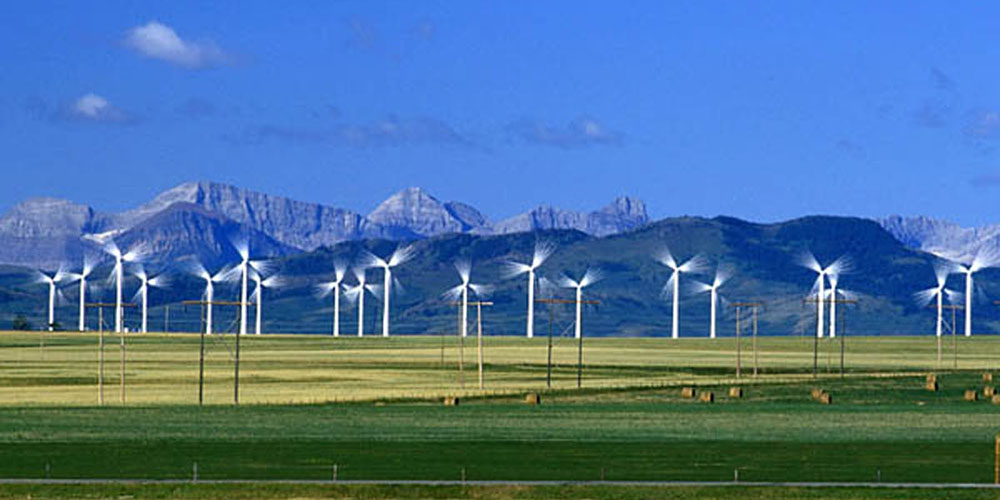

More Land Restrictions?
As part of the new renewable restrictions, the province will no longer allow any renewable power installations on its most productive farmland — land that has Class 1 and Class 2 soil — “unless the proponent can demonstrate the ability for both crops and or livestock to coexist with the renewable generation project,” said Premier Danielle Smith.
Fortunately, most solar and wind projects have been developed on marginal land, not prime agricultural land and have had little negative effect on productive farmland.
An analysis by the University of Calgary last year determined that if Alberta installed sufficient solar panels to reach a net zero electricity grid by 2035, it would require, at most, 0.08 percent of the province’s productive agricultural land.
Even where wind and solar occupy prime agricultural land, farmers benefit greatly from land use payments. In the case of solar installations, farmers get better and more varied crop and livestock production through agrivoltaics and solar grazing.
The biggest threats to the best agricultural land in Alberta are not wind and solar projects, it’s continued urban expansion, rural residential subdivisions, and, ironically, the oil and gas industry.
Over 650 square kilometres of agricultural land in Alberta was converted for urban and residential purposes between 2011 and 2020.
Additionally, oil and gas pipelines stretch across more than 440,000 kilometres of Alberta, yet the industry has never had to report its impact on crop-producing lands.
Jason Wang calls the restriction “patently unfair.” “No other land use in Alberta is subject to a ban on certain classes of agricultural lands.”
Again, why is there a double standard for the renewables industry?
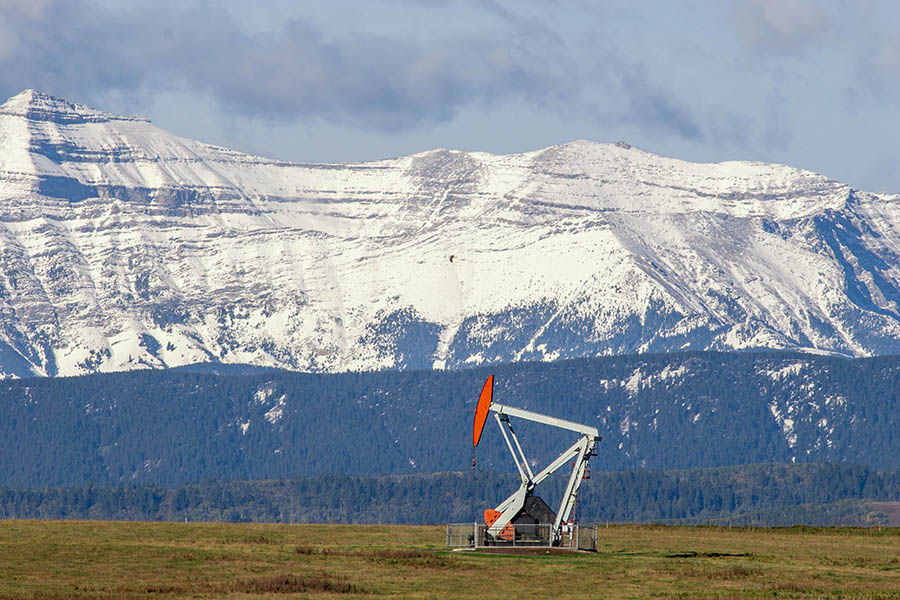

Oil, Gas, and Coal Get a Free Pass?
While oil, gas and coal face no similar new restrictions, the province’s successful wind and solar industry is held to almost impossible standards.
As the Pembina Institute’s Simon Dyer said, “I imagine Alberta would be the only jurisdiction in the world to consider renewable energy riskier than oil and gas development.”
Pembina Institute’s Jason Wang, Courtney Smith and Scott MacDougall argued in a position paper;
“The inconsistency between the treatment of the renewable energy sector and the oil and gas sector is especially concerning given renewable energy lowers costs to consumers, generates stable revenues for landowners and municipalities, creates job opportunities, and is a critical solution for addressing the climate crisis. This contrasts with the oil and gas sector’s troubling legacy of unfunded liabilities and orphaned and abandoned assets. The Alberta government should make it a priority to improve its rules for the sectors with the largest issues, which need the most substantial reforms.”
Speaking to reporters from Parliament Hill, Liberal MP George Chahal said , “Danielle Smith is killing an industry and making life more expensive. Today, she essentially announced that with the new 35-kilometre rule and layers of restrictions, the vast majority of Alberta is off limits.The temporary moratorium has now become permanent.”
Renewables just died under the sun and wind of Alberta.
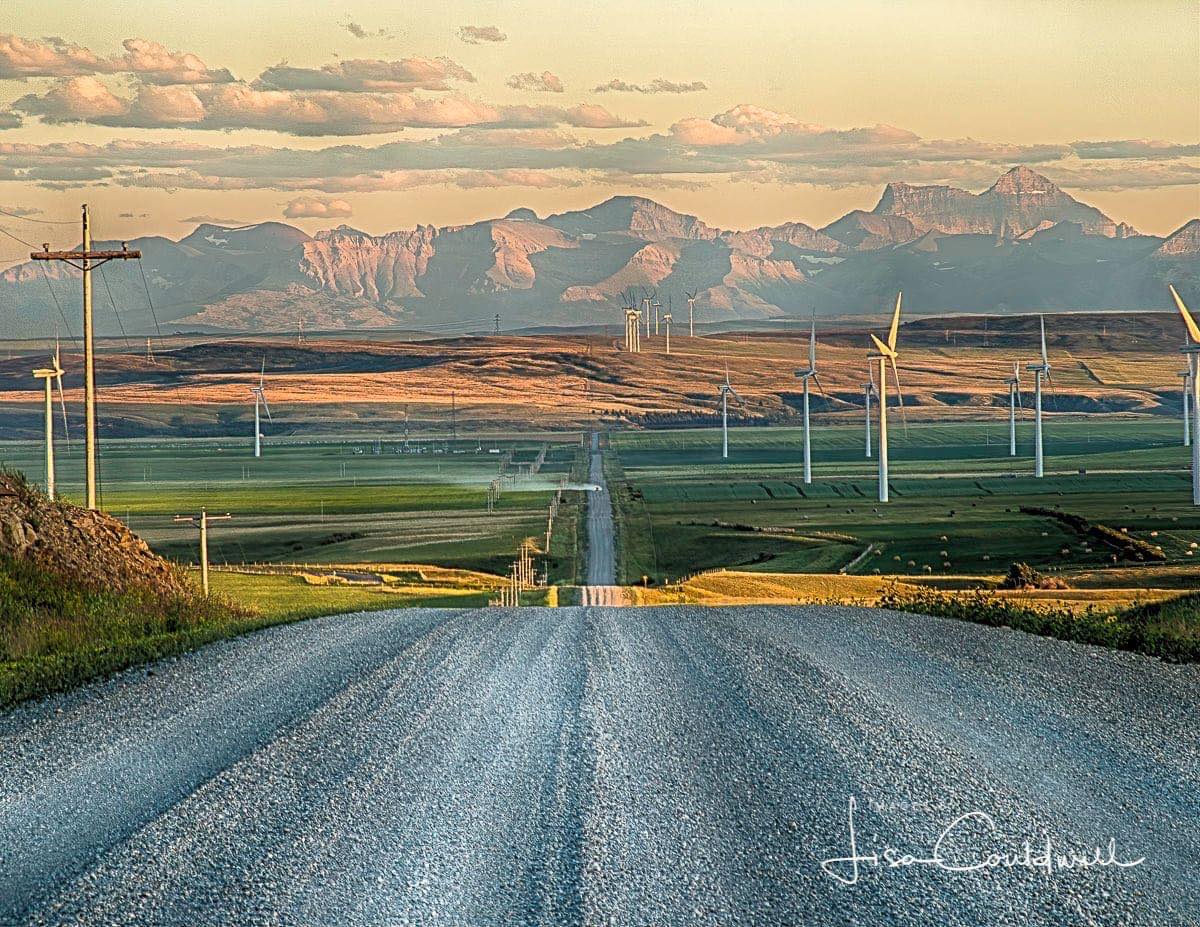

Even More Rules to Follow?
As if all the new restrictions were not enough to kill renewables in Alberta, there will likely be more to follow.
The policies above were created by the first of two reports completed by the Alberta Utilities Commission since the moratorium began last year.
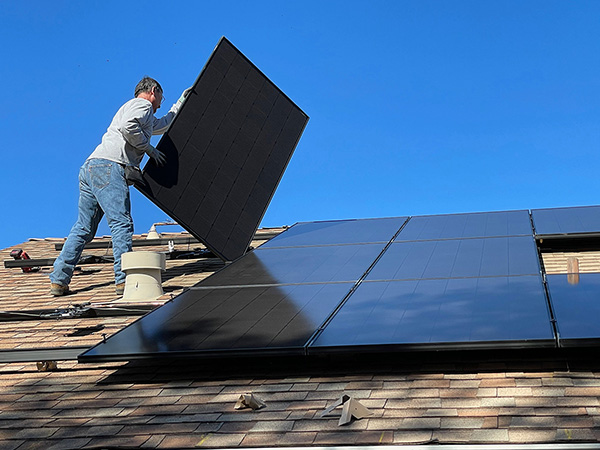

The second report is currently under review, and further policy directives will be issued once that review is complete, Miniter Neudorf said in the province’s press conference.
“Renewables have a place in our energy mix, but the fact remains that they are intermittent and unreliable,” Premier Smith said. “They are not the silver bullet for Alberta’s electricity needs, and they are not the silver bullet of electricity affordability.”
Smith has stated that the grid must add as much “reliable” power (natural gas, mainly) as it adds wind and solar, leaving some to wonder if new solar and wind projects will only be approved if an equivalent number of gas projects are approved.
Of course, the opposite will never happen!
We can’t imagine Danille Smith mandating that any new gas plant will only be approved if an equivalent renewables project is in the works.
And so it goes. Smith demands to be treated fairly by Ottawa, but in her province, she makes the rules as she sees fit, fairness be damned.
Meanwhile, Albertans are taking matters into their own hands, installing home-based solar systems in record numbers.
Albertans, at least, are giving renewables a fair shake.
